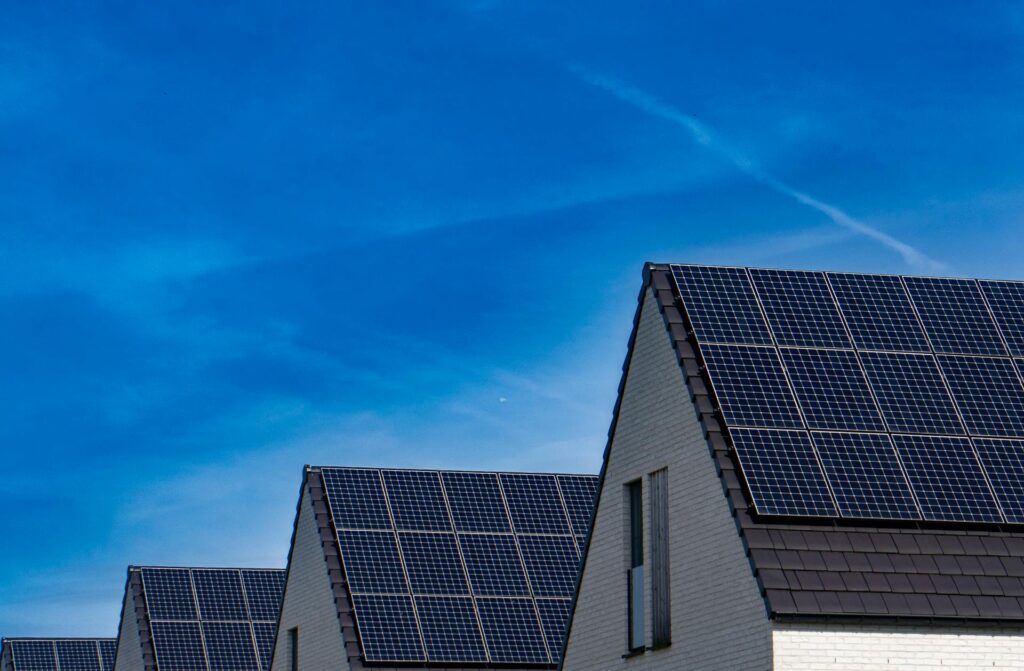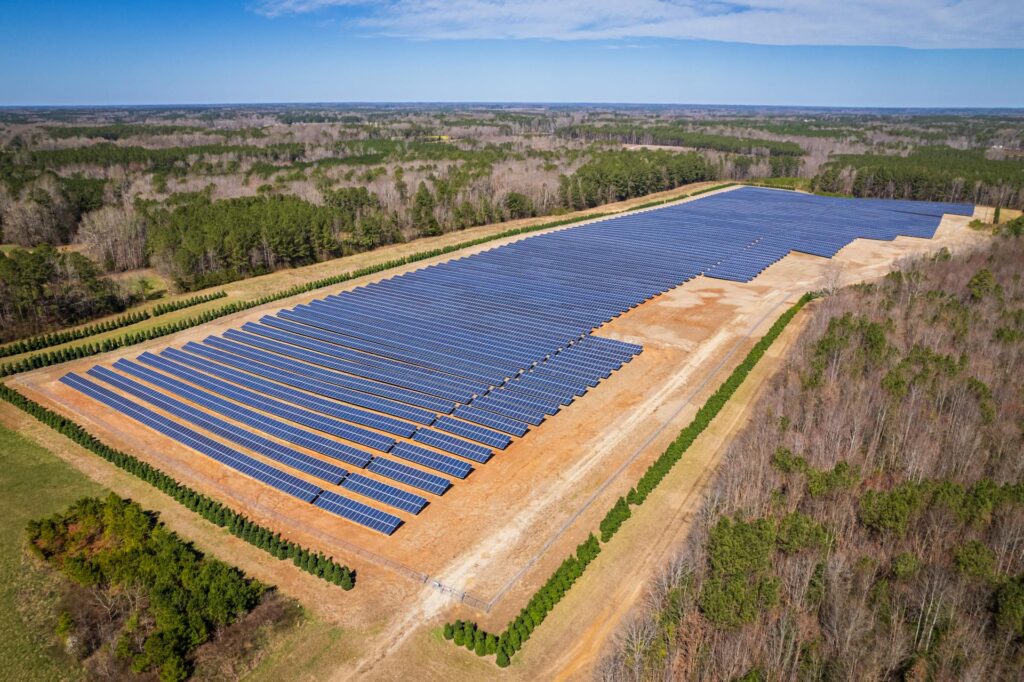
In a world rapidly moving toward sustainable and decentralized energy systems, installing solar energy is not just a profitable choice – it’s a visionary one. It supports sustainability, reduces dependence on traditional power sources, and makes financial sense over time.
Investing in solar renewable energy for your home or place of business is a wise decision. However, the choices we make regarding the technology used to harness the sun’s power into usable energy will determine the effectiveness of the system.
Here are 7 important key guides to consider when installing solar energy:
1. Location and Sunlight Availability
When considering solar energy for your home or business, your location and sunlight availability are crucial, as areas with more sun improve the efficiency and performance of your solar panels.
Areas with ample sunlight throughout the year generate more energy, maximizing the system’s effectiveness. If your location has frequent shading from trees, buildings, or other obstacles, it could significantly reduce energy output.
By assessing sunlight availability and understanding your geographic location, you can make decisions about the solar panels that best suits your area.
2. Energy Needs
Solar energy systems are designed to meet specific energy consumption levels, so calculating your energy needs is a crucial.
Here’s a step-by-step guide to determine your energy requirements:
- Review Your Electricity Bills
- Assess Daily Energy Consumption
- Factor in Energy Efficiency
- Account for future Needs
- Determine Peak Sunlight Hours
- Calculate Solar System Size
Analyzing your energy needs ensures your solar installation delivers optimal performance and a tailored solution to meet your power requirements, preventing an underpowered system installation.
3. Budget
When choosing to install solar energy, setting a clear budget is essential in determining the type and size of the system you can afford. By considering your budget, it’s also important to factor in potential government incentives, tax credits, and rebates, or financing option available for solar energy systems, which significantly make the transition more affordable.
A well-defined budget helps you explore cost-effective options, from basic grid-tied systems to advanced setups with battery storage, ensuring maximum value from your solar investment.
Solar systems can be a significant upfront investment. Understanding your financial capacity enables you plan the kind of system that fits your needs without straining your finances.

4. Space and Roof Condition
The available space on your roof or property determines the number of solar panels you can install and the energy you can generate. A roof with ample, unobstructed space ensures you can maximize the benefits of solar energy without compromising efficiency.
It’s important to ensure that your roof is in good condition before installation to avoid expensive repairs down the line. By assessing both the space available and the roof’s condition, you can ensure that your solar energy system is installed in a safe and optimal environment for maximum efficiency and long-term performance.
5. System Type and Quality
Selecting the right system type and ensuring its quality is crucial for ensuring long-term performance and reliability. Components such as; solar panels, inverters, and batteries plays a key role in determining the system’s durability and efficiency.
There are various types of solar systems available such as;
- Grid-tied Systems
- Off-grid Systems
- Hybrid Systems
Understanding the advantages of each system helps you make decision that maximizes energy production and cost savings for your specific situation.
6. Battery Storage Capacity
When installing solar energy, battery storage is key to storing excess power for use at night or during outages. By choosing a battery with adequate storage capacity, you can ensure a more reliable and independent energy supply.
Without sufficient storage, any extra solar energy produced is sent back to the grid, which may not be as beneficial if you need that energy during off-peak times.
Evaluating your energy needs alongside battery storage capacity is key to achieving optimal performance and long-term savings.
7. Maintenance
Another important factor to consider when investing in solar energy is the system maintenance, as it ensures the long-term efficiency and performance of the system. While solar energy systems are known for being low-maintenance, regular upkeep is still essential to ensure their efficiency and longevity.
High-quality systems often come with warranties that cover both panels and inverters, reducing the likelihood of costly repairs. Selecting a system with manageable maintenance requirements allows you to enjoy a hassle-free, reliable energy source.
By factoring maintenance into your decision-making process, you can ensure that your solar energy system continues to provide reliable and cost-effective energy for years to come. A well-maintained system also helps to protect your investment, maximizing your ROI.
Conclusion
Considering these key guides you can fully harness the benefits of photovoltaic energy, making an informed decision that not only meets your energy needs but also contributes to a sustainable future.


